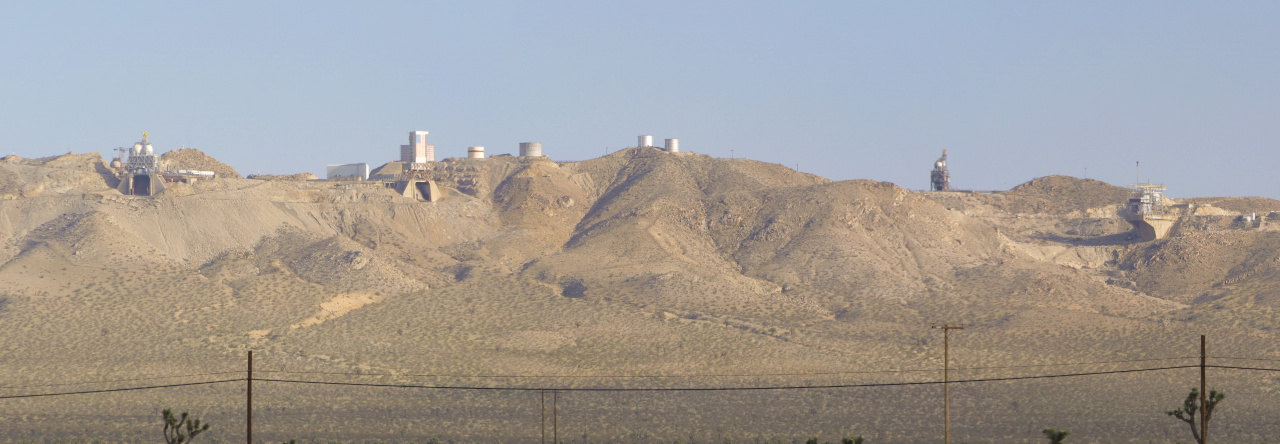Ten years ago today, on Friday, September 30, 2005, protest demonstrations in the Garo Hills of northeast India turned tragic when police forces of the central government fired their guns at the protesters. In the towns of Tura and Williamnagar, the police firings killed a dozen teenaged students. Ever since, this event has been known as Black Friday. To commemorate the unjust death of the protesters, people across the Garo Hills declare a general strike every September 30, closing schools and businesses for the day. (For more on Black Friday and its background, please see my post from three years ago.)
I first went to the Garo Hills six years ago, in 2009. The problems of political and economic marginalization, which underlay the September 2005 protests, were still very much in evidence in 2009. One positive aspect of the Garo Hills’ then-current political situation was that the area was at peace. In other parts of northeast India, minority groups had responded to their own marginalization by forming insurgencies to wage war against the Indian government. Six years ago, there were organized insurgencies in the Garo Hills, but they were not particularly active. For the most part, the Garo Hills were self-policing. Police authority was not much in evidence, because it wasn’t necessary.
Early in 2015, I returned to the Garo Hills, and I was disappointed to see that the security situation had deteriorated in the past five years. Insurgencies had stepped up their activities, declaring villages to be their territory. They extort, threaten, and sometimes even hurt and kill anyone with wealth or political power who does not support them. In response, the state and central governments have stepped up police presence in the Garo Hills. Armed officers patrol the weekly markets and accompany night buses driving into the hills.
Ten years after Black Friday, the political situation of the Garo Hills has only gotten worse. I do not know the best way for the people of the Garo Hills to make themselves healthy and prosperous, but I do know that threatening, kidnapping, or killing those with power is not the way forward.
